12 Plants That Absorb Radiation – The Ultimate Guide
Andy Mant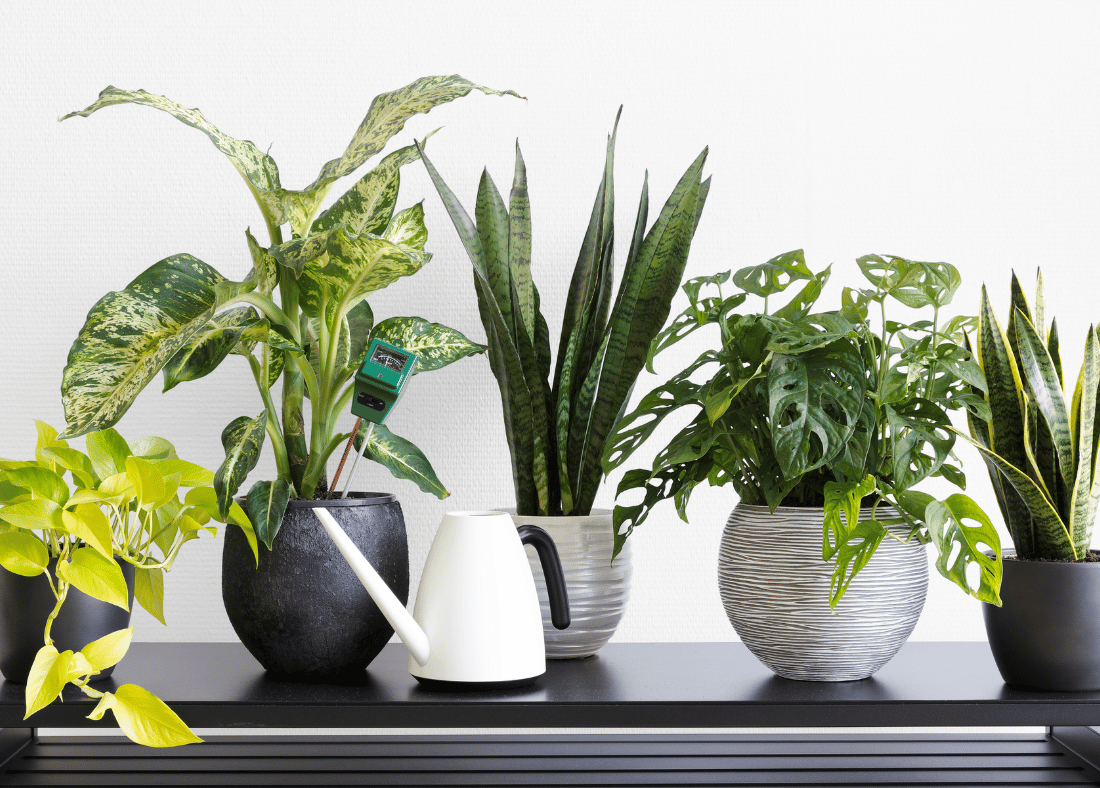
Introduction
Most of us are surrounded by appliances and devices that generate radiation. Our homes are packed with gadgets and technology that emit radiation, such as computer screens, microwaves, TVs, phones and Internet routers. We are also exposed to EMF (electric and magnetic field) radiation in our workplaces, towns, and cities due to power lines, TV and phone towers and masts.
In 2020, the Environmental Protection Agency (EPA) confirmed that it would not impose restrictions or limits on low-level radiation. EMF exposure limits and recommendations from the ICNIRP (International Commission on Non-Ionizing Radiation Protection) focus on minimizing risks linked to high-level EMF radiation.
A precautionary approach to EMF radiation exposure could be a good option considering more longer-term studies are needed to ensure the accuracy of recommendations.
How do plants absorb radiation?
All plants absorb radiation to a degree, but it is important to note that no significant studies suggest that surrounding yourself with houseplants is sufficient to negate the potential impact of high radiation levels. Scattering plants around your home or workplace can effectively reduce EMF levels and purify the air.
There are three main ways that plants absorb radiation. These include:
- Deposition occurs when radiation permeates the leaf surfaces to reach other parts of the plant.
- Translocation: this happens when radiation moves throughout the plant from the leaves to other plant tissues.
- Root absorption occurs when radiation is absorbed via the root of the substrate.
12 plants that absorb radiation
All plants absorb radiation, but some are more effective than others. If you are looking for inspiration for your home or garden, here are 12 of the best plants for absorbing radiation:
1. Cactus
The cactus is one of the most popular houseplants. Characterized by its sharp, prickly surface, the cactus is a hardy plant that is very easy to care for. Most discussions on the potential for plants to absorb radiation feature the cactus. A high-profile NASA study suggests that the cactus is one of the most effective in radiation absorption (source).
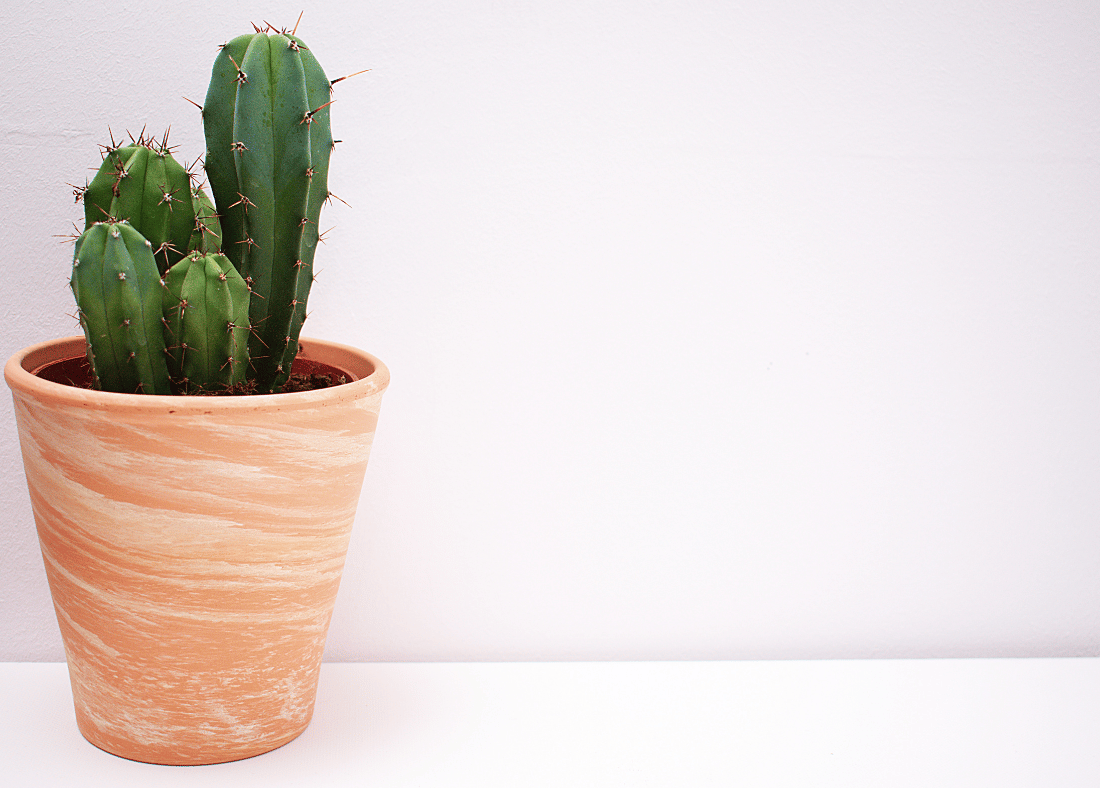
In some cases, plants perform better when placed directly between the individual and the devices they are using, but cacti can make a positive difference no matter where they are placed in the room. Up to 90% of the mass of the cactus is made up of water, and cacti are incredibly good at adapting to hot, dry conditions. Their ability to cope with heat equips them to deal with EMF, as the radiation is converted to heat within the stem.
2. Snake plant
Snake plants are widely available and are a prevalent choice for homeowners. Snake plants can grow up to 6 feet tall, but it’s also possible to buy dwarf plants for smaller spaces. One of the main reasons why snake plants are so popular is their durability. They are easy to care for and survive in most indoor environments.

Snake plants are effective filters that purify the air and remove toxins, including formaldehyde, benzene and xylene (source).
3. Aloe vera
Aloe vera is famed for its skincare benefits, but it has a diverse range of properties that are advantageous for health, beauty and clean, pure air. Aloe vera plants are effective air purifiers and are used widely in the production of traditional medicinal remedies, beauty products and food products. When placed close to devices and appliances that emit radiation, they could also prove an effective radiation shield.
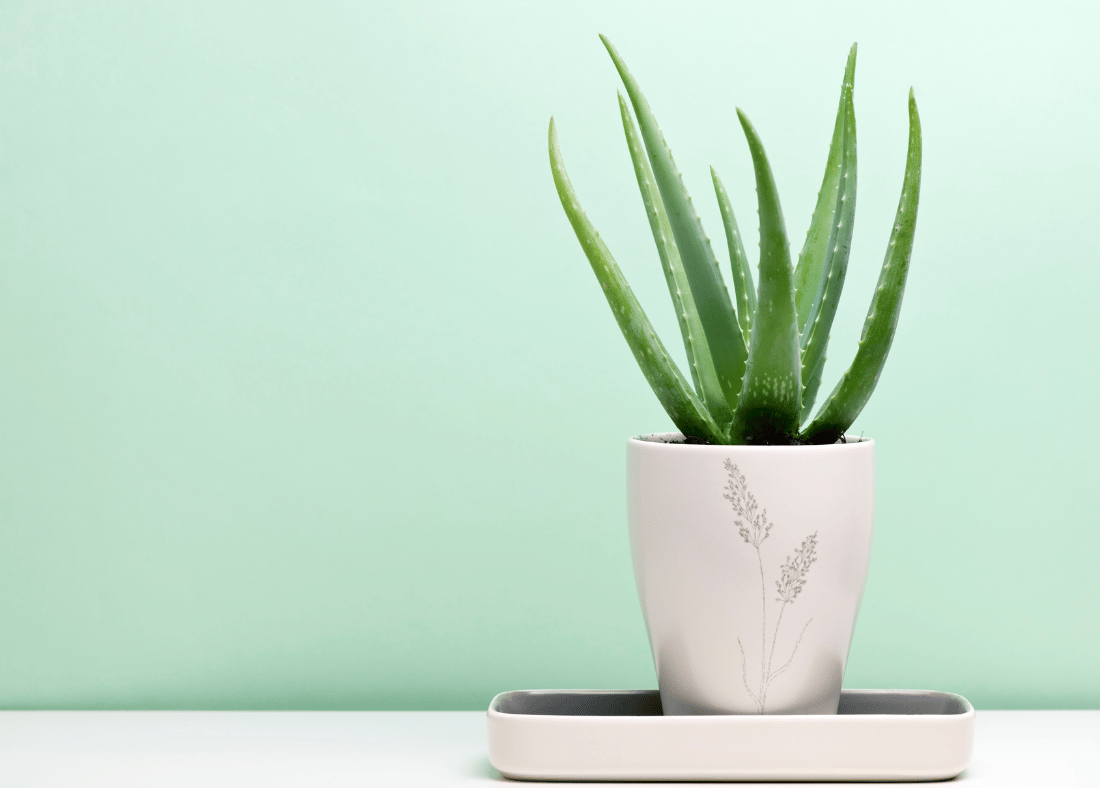
Studies show that aloe vera can protect the skin against radiation damage. Applying topical aloe vera triggers the production of metallothionein, a potent protein antioxidant, reducing the risk of harm (source).
4. Betel leaf plant
Native to Southeast Asia, the Betel leaf plant has been used in traditional medicine for centuries. It is known for its distinctive heart-shaped leaves and its healing and medicinal qualities. In many Asian cultures, it is viewed as a universal remedy for health issues ranging from bad breath to minor respiratory problems.
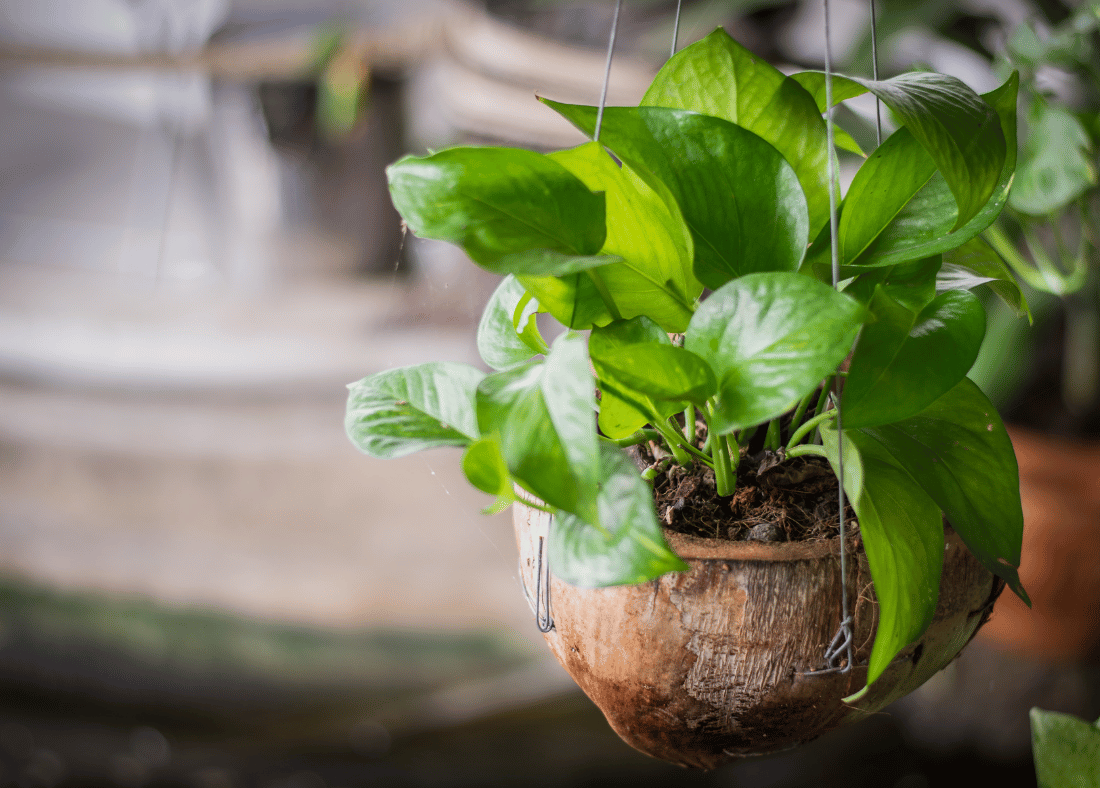
Studies show that the leaf extract of the Betel leaf plant, also known as the Piper Betel leaf plant, has radioprotective capabilities (source). This plant can grow indoors and outdoors and tends to spread quickly.
5. Spider plant
Another high-flier in the list of top houseplants, the spider plant grows quickly and doesn’t require much care and attention. Known for its drooping leaves, which resemble the legs of a spider, the spider plant adds instant vibrancy to any living space. The rapid growth of spider plants and their versatility in where they grow and how they are displayed means that they can effectively absorb radiation in different parts of the home.
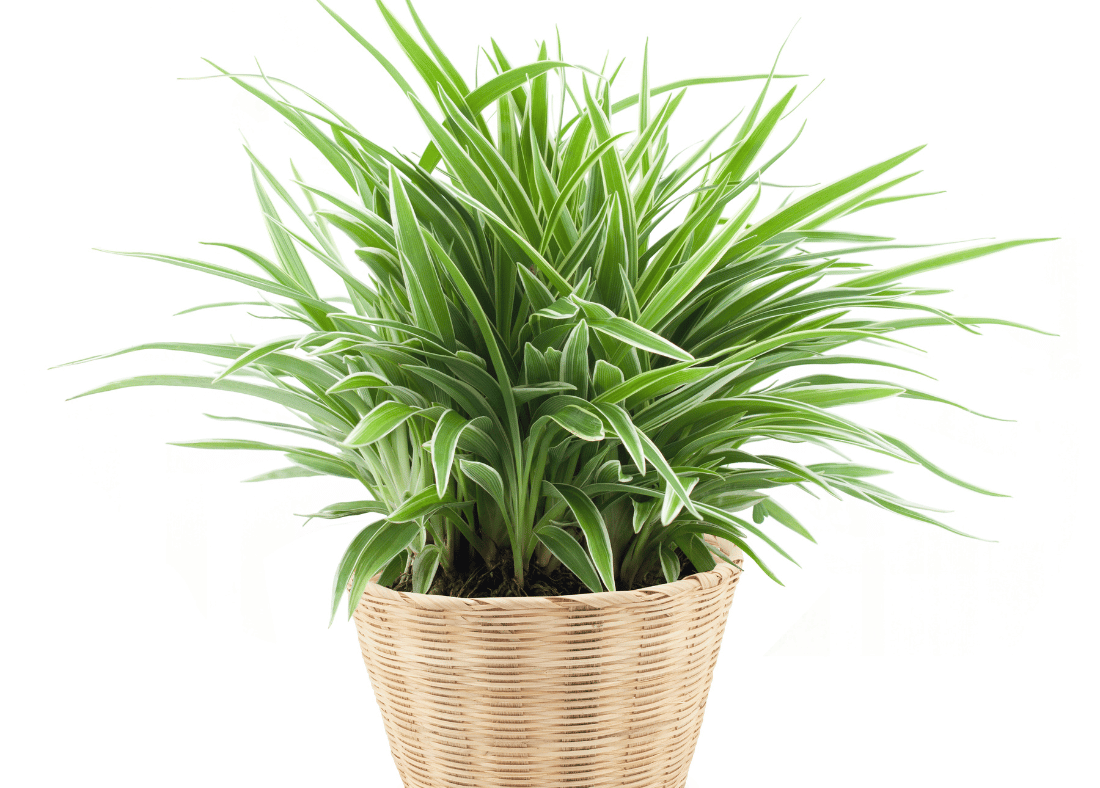
There are no specific studies linked to absorption in spider plants, but research suggests that they absorb a wide range of pollutants, including aldehyde and formic acid (source). It is thought that they can absorb radiation directly from devices and act as a screen against radiation when placed inside hanging baskets and around windows and doors.
6. Areca palm
The Areca palm, also known as a butterfly palm, is an ornamental plant that filters a wide range of toxins from the air and converts large amounts of carbon dioxide into oxygen (source).
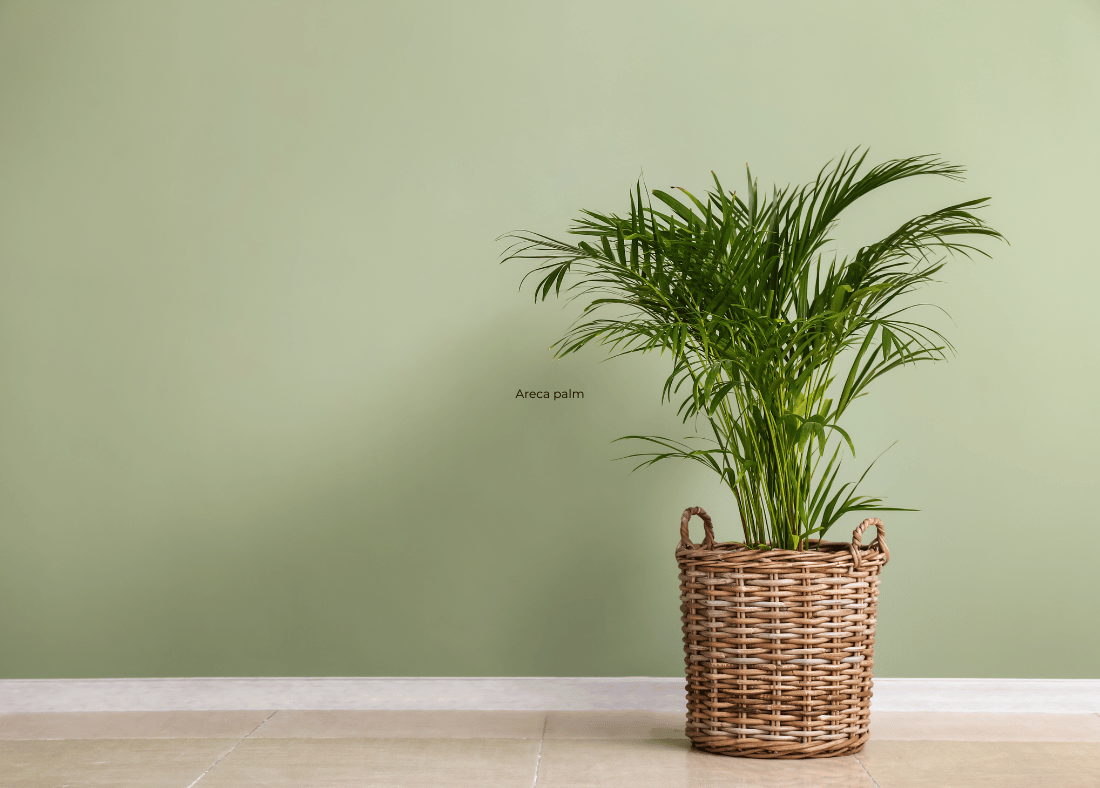
In terms of its ability to absorb radiation, its sprawling leaves are most effective when used as a screen to protect from the sun.
7. Rubber plant
Rubber plants are durable, hard-wearing and sturdy, making them an excellent choice for homeowners looking for low-maintenance plants.

Rubber plants don’t require much light, and studies show they effectively remove toxins, including formaldehyde (source).
8. Sunflower
Sunflowers are famed for their beautiful, bright yellow flowers, but they also can convert UV-B rays and absorb toxins. Sunflowers have been planted close to nuclear sites, including Chernobyl and Fukushima because they can absorb high concentrations of radioactive substances.

Planting sunflowers at home is a surefire way to brighten up gardens, yards and patios.
9. Fiddle-leaf fig
A tropical tree, one of the most sought-after ornamental plants for homes, the fiddle-leaf fig is part of the mulberry family. A popular choice for large spaces, these trees can grow up to 15 meters and have large leaves, which play a crucial role in absorbing and filtering toxins and providing a protective radiation screen.
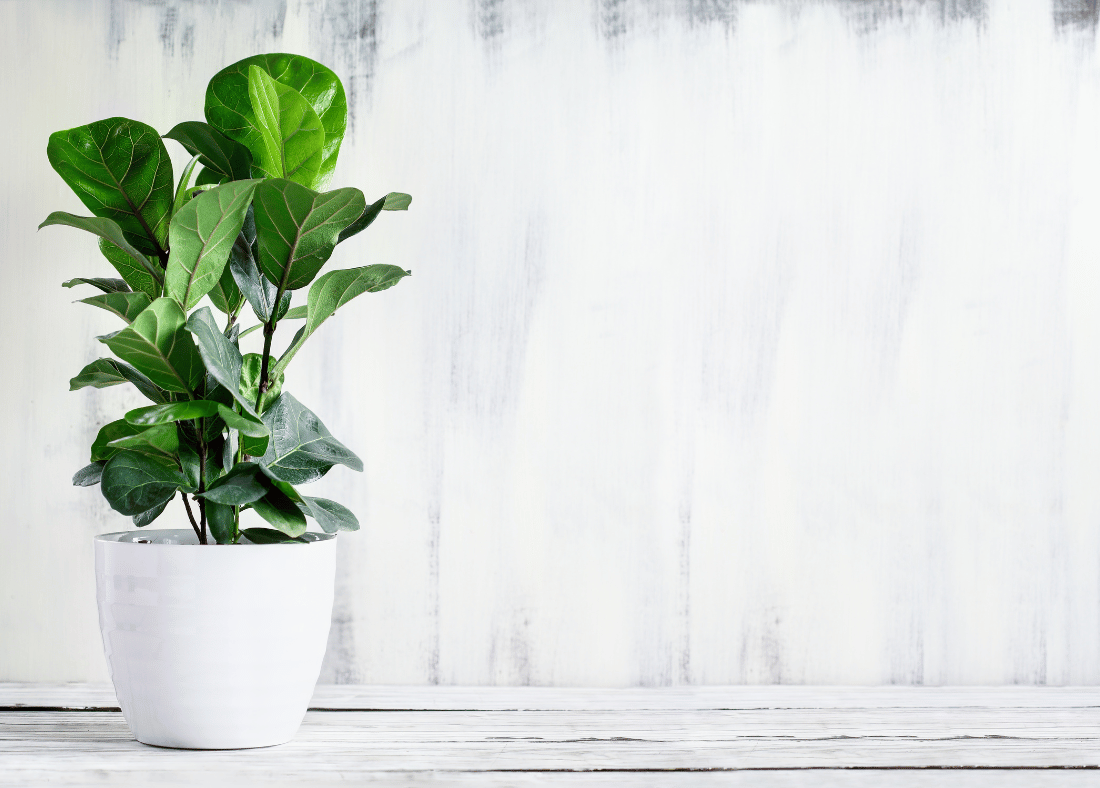
It is worth noting that the fiddle-leaf fig tree is toxic to animals and unsuitable for homes with small children.
10. Asparagus fern
The asparagus fern is best known for its unique leaves and distinctive scent. Asparagus ferns are used for decorative purposes, but research suggests they can also help absorb radiation (source).
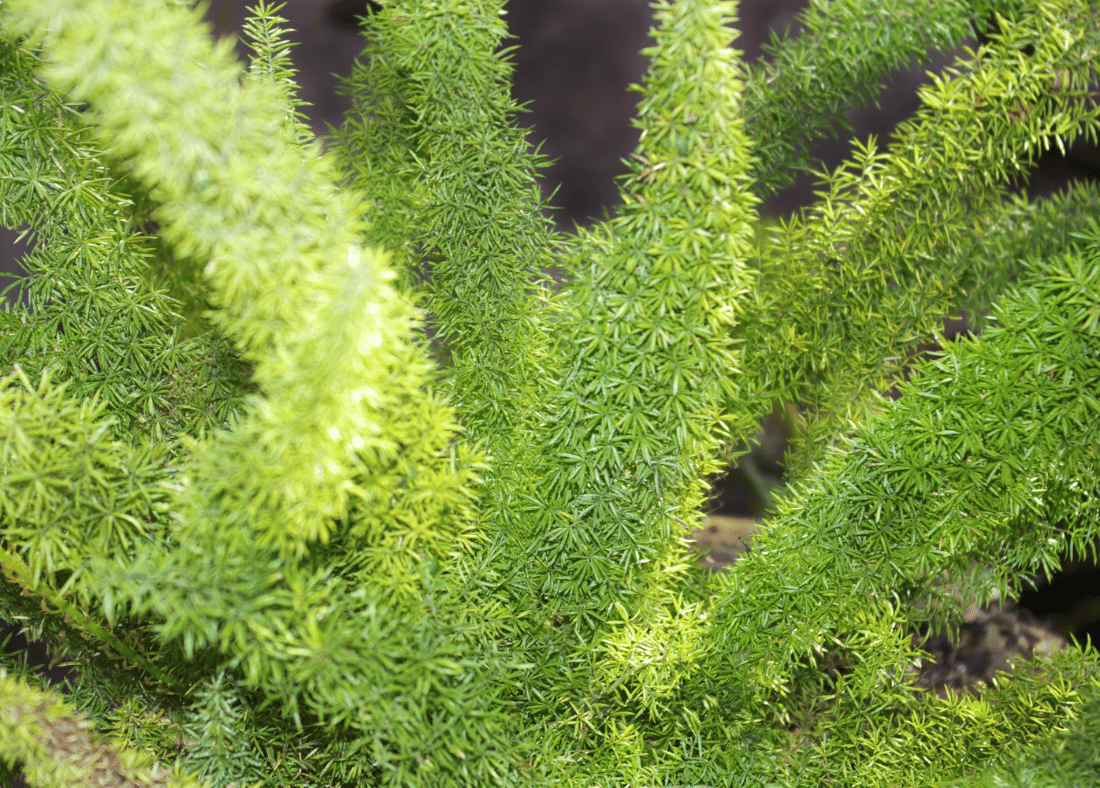
These ferns can grow in most indoor environments, but they prefer slightly humid conditions, so it’s best to avoid placing them in direct sunlight.
11. English ivy
English ivy grows and spreads rapidly, often with minimal care and attention. Known for adorning trellises and outdoor walls that enhance curb appeal, English ivy can also be grown indoors in pots and planters. When grown outside, English ivy acts as a screen, but it’s also added to some natural sunscreens and lotions.
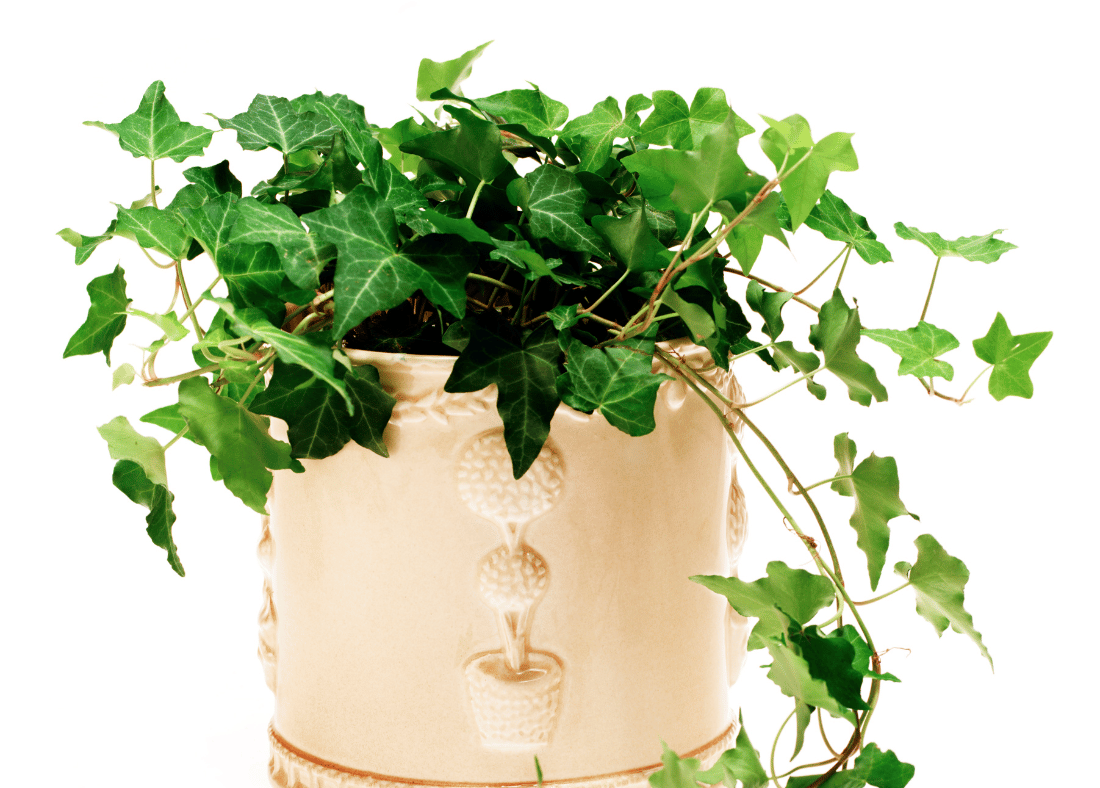
Studies show that the plant’s nanoparticles offer enhanced protection against the sun’s UV rays. In some cases, this could be up to four times the protective benefits of some metal-based sunscreens available on the market (source).
12. Mustard greens
Mustard greens are often grown as crops, but they are also a popular choice for gardens, particularly those with a country-cottage feel and plenty of wildflowers. Like sunflowers, they have bright yellow flowers and can absorb radioactive materials.
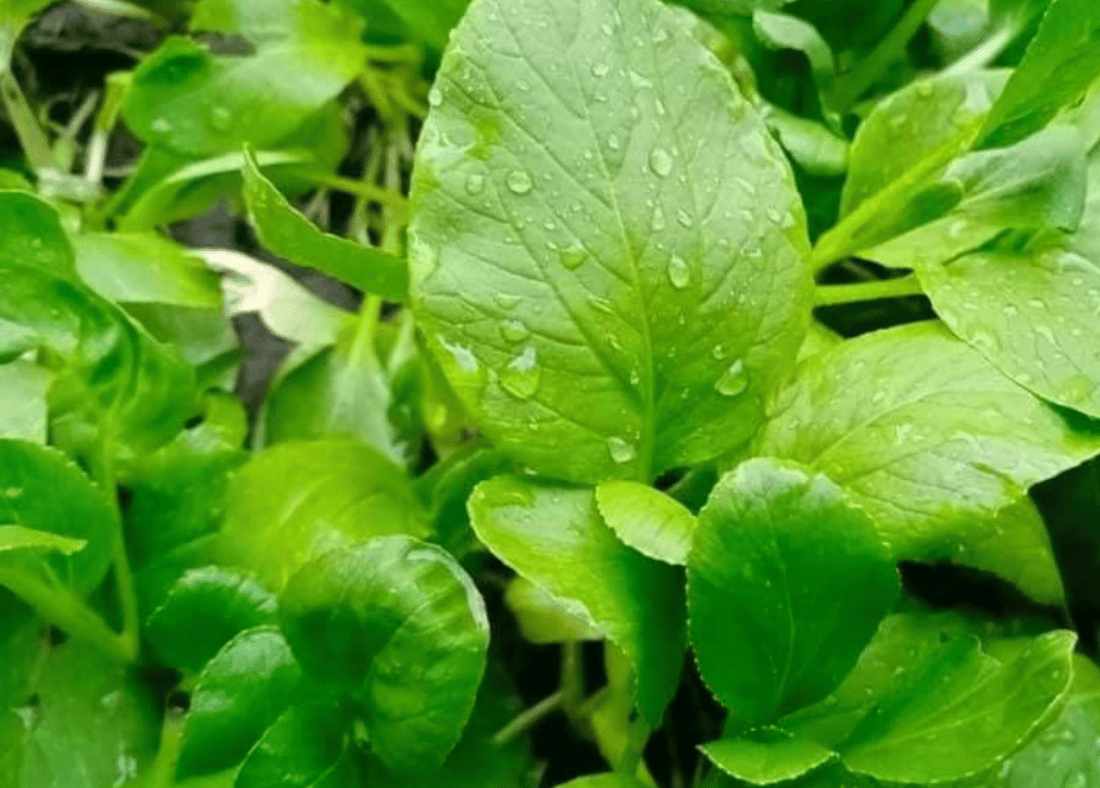
They are often planted in contaminated areas as they can thrive in the conditions and offer cleansing properties to reinvigorate the soil and enhance safety.
Summary
Many of us may need to be made aware that the devices we use at home and work and the environments in which we live expose us to radiation. Cutting down on electronics and removing technology from our homes can help reduce EMF radiation.
However, it’s also possible to lower exposure by adding plants to our homes, gardens and workplaces. All plants can absorb radiation, but studies show that some are more effective than others. If you want to create a safe, healthy home and add more greenery, why not consider plants such as cacti, spider plants, snake plants, English ivy and sunflowers?
Another, more practical way to reduce levels of EMF radiation in your home and at work are EMF Protection products. EMF Shielding products from BON CHARGE have been tested to block up to 99% of EMF radiation up to 30Ghz, which includes the 5G spectrum.




